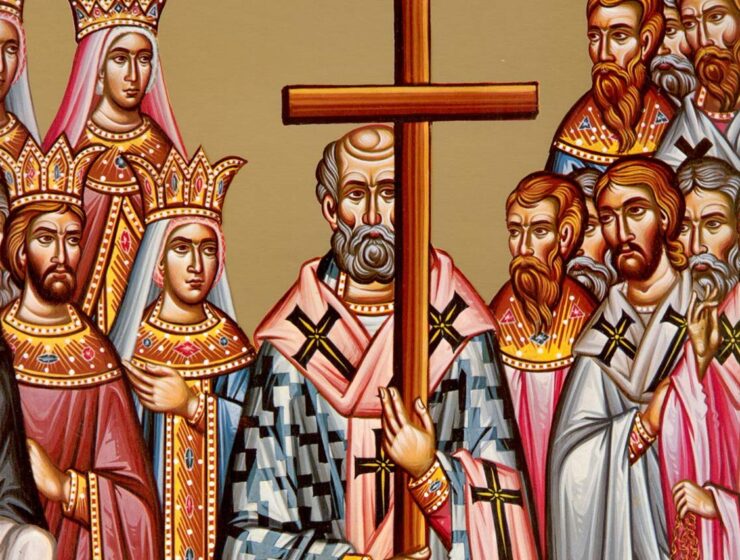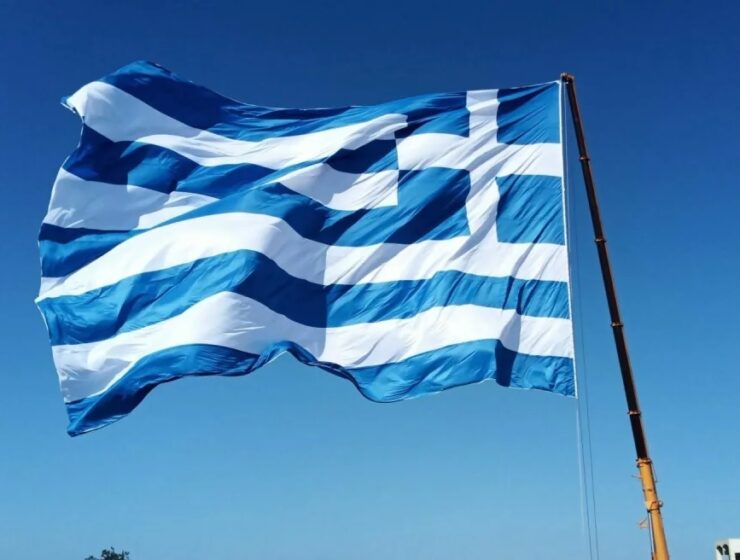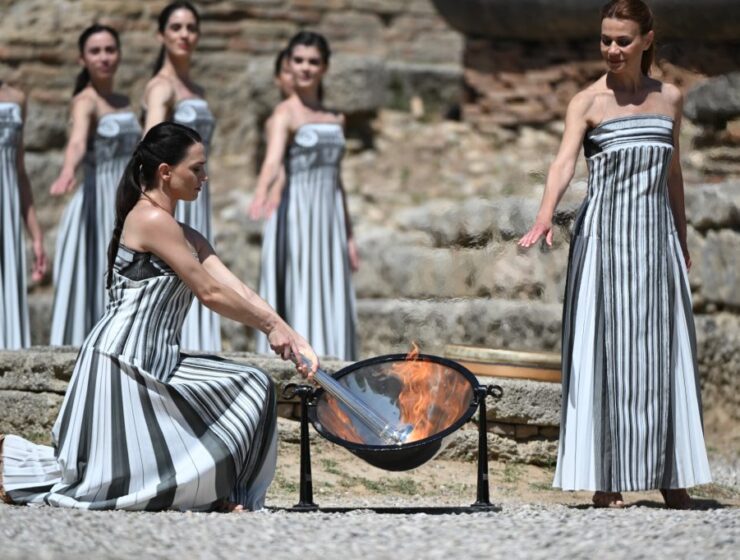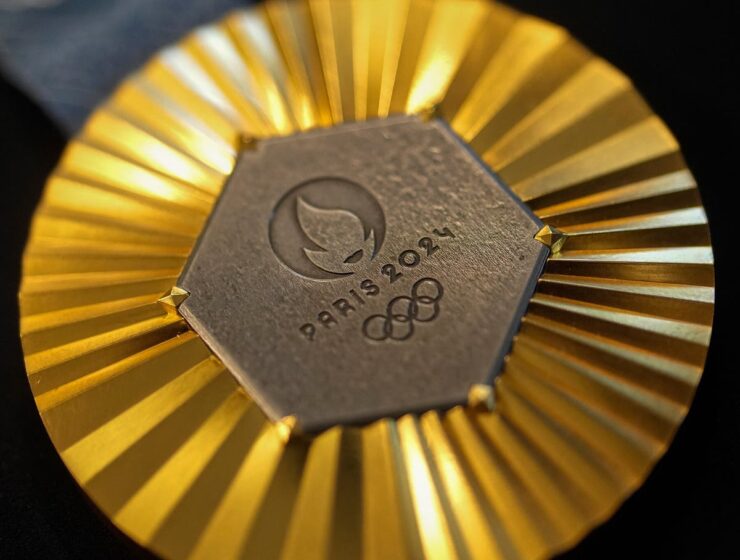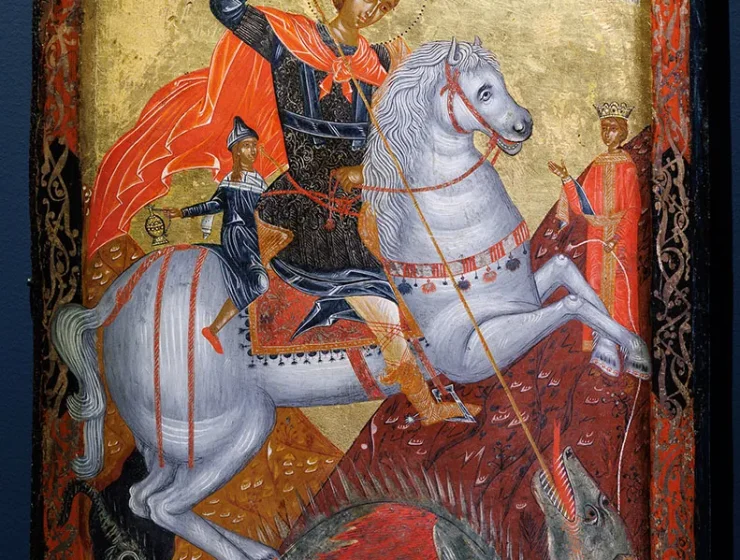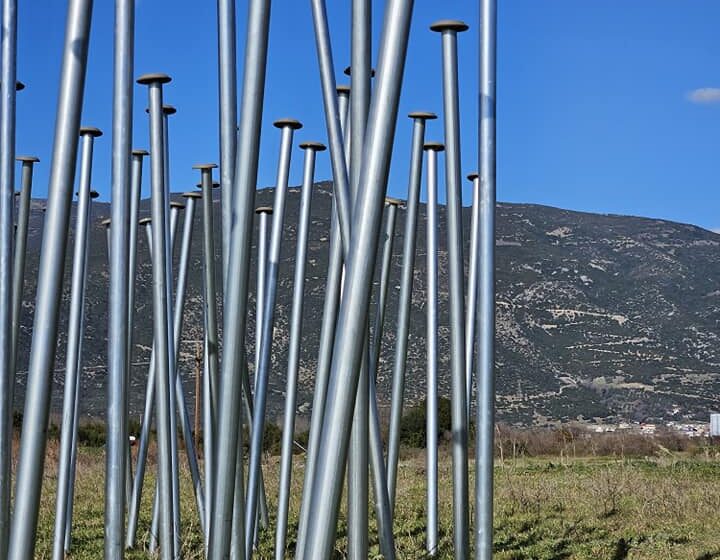On March 25th, Greece’s Independence Day, a bride in a dazzling white gown turned heads in Syntagma Square, walking alongside tanks before the military parade. Celebrating her first anniversary, she and her husband ditched convention for a bold tribute to their love, blending personal joy with national pride. The striking contrast of her dress against the military backdrop became an instant symbol of romance and resilience.
Tag: symbolism
In a moving tribute to Greece’s revolutionary past, the Bay of Aphrodite in Piraeus shimmered with national pride on March 24, 2025, as the Greek flag unfurled across the sea. Marking the National Anniversary of March 25, 1821, this annual tradition—organized by the Municipality of Piraeus with the Association of Greek Frogmen—honored the heroic naval struggles of the Greek Revolution, stirring emotions of unity and admiration among onlookers.
On the Third Sunday of Lent, the Orthodox Church pauses to reflect on a powerful…
The tradition of wearing a red and white thread bracelet, known as “Martis” or “Martaki” in Greece, marks the arrival of March throughout the Balkans. Rooted in ancient Greece and potentially linked to the Eleusinian Mysteries, this custom symbolizes protection, particularly for children, from the strong spring sun and illness. Worn throughout March, the bracelet is then traditionally placed on rose bushes or tree branches for swallows to use in their nests. This practice is connected to folklore beliefs about swallows carrying disease and the protective power of the red and white threads. Similar traditions exist in other Balkan countries like Bulgaria, Romania, North Macedonia, Albania, and Moldova, each with their own variations and interpretations.
Before the Greek Revolution, various regional flags circulated, often incorporating religious and mythical symbols such…
Stefanos Tsitsipas unveils a personalized family crest, featuring symbolic representations of each family member and their shared heritage, a design he’s previously teased on social media.
The Official Rehearsal of the lighting Ceremony of the Olympic Flame that took place in…
In an announcement today, Jean-Francois Martins, president of the Eiffel Tower‘s operating company (SETE), revealed…
On the Third Sunday of Lent, the Orthodox Church pauses to reflect on a powerful…
Like all designs since the 2004 Games in Athens, the reverse of the Olympics medal features an image of the Greek goddess of victory, Nike.
The exhibition charts the continuity and vitality of icon painting wherever Orthodox Christianity took root after the events of 1453, notably in Russia, Crete and mainland Greece. There are icons by masters from the great Cretan workshops, whose holy subjects vibrate with life against shimmering gold leaf surrounds.
Giorgos Koftis’ “58 Nails in Tempi”: A Symbolic Tribute to Tragedy In the wake of…
Nikolaos Gyzis, a prominent Greek painter of the 19th century, is often considered one of…
Throughout history, long hair has held significant cultural symbolism, particularly for ancient civilisations like the Greeks. From warriors to philosophers, the men of ancient Greece revered their long locks as a symbol of masculinity and freedom. Here we unravel the intriguing stories behind ancient Greek men and their luscious manes.



